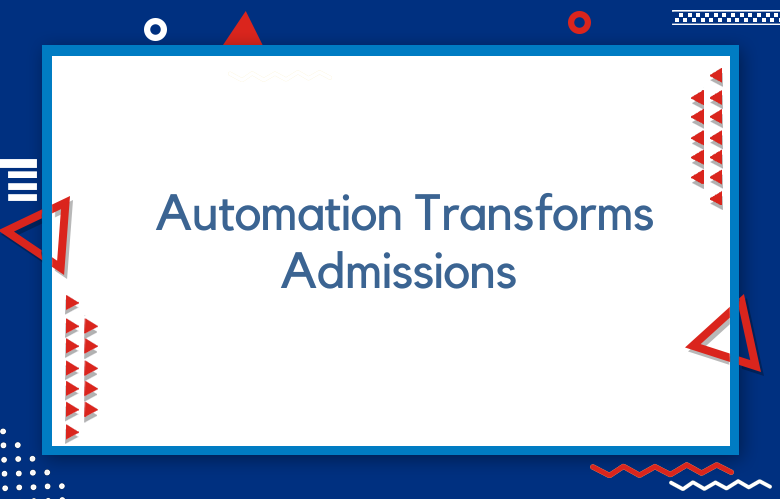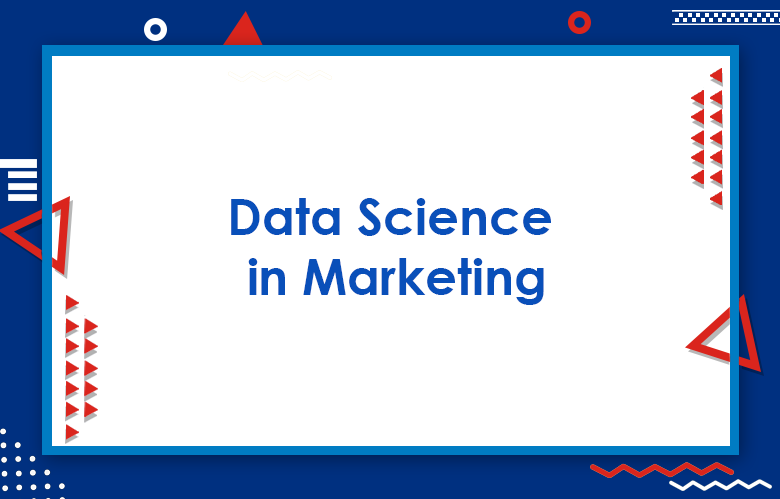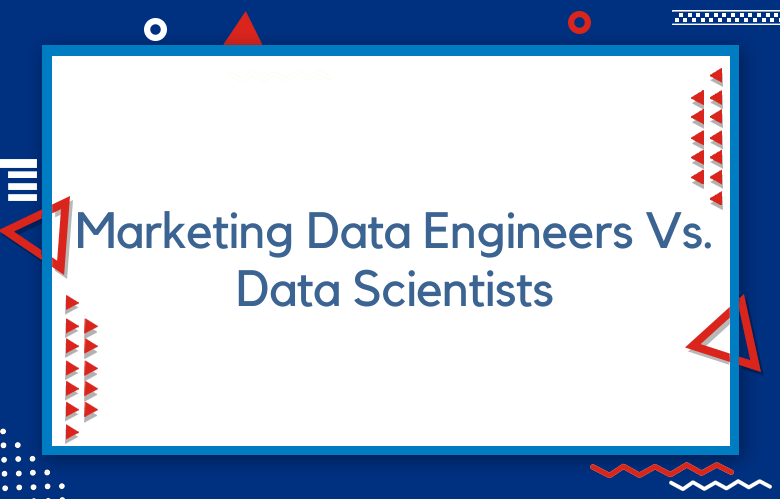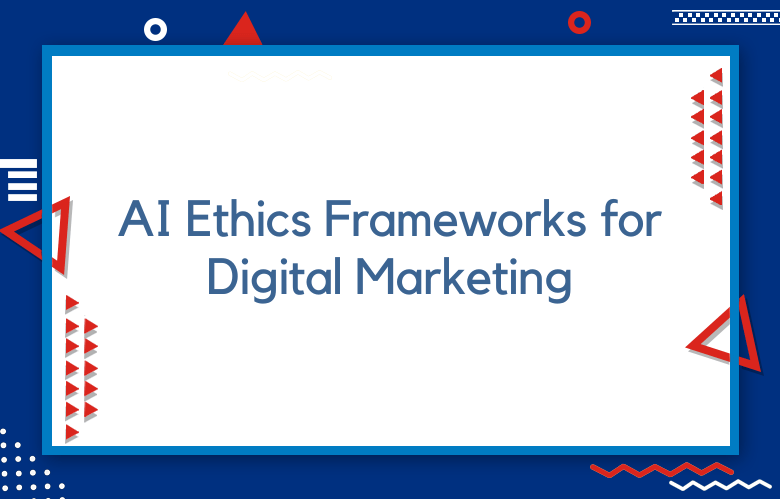How Automation Transforms Admissions and Marketing for Educational Institutions

Automation is revolutionizing the way educational institutions manage their admissions and marketing processes. By streamlining operations, personalizing experiences, and leveraging data, automation enables institutions to optimize their efforts and drive success. Let’s explore how automation impacts each stage of the admissions and marketing funnels.
In today’s competitive educational landscape, automation revolutionizes how institutions handle admissions and marketing processes. By leveraging advanced technologies, academic institutions can streamline operations, enhance efficiency, and improve the overall experience for prospective students. This article delves into how automation transforms various aspects of admissions and marketing, providing detailed steps and examples for each subtopic.
Admissions Process Automation
Application Intake and Screening
Online Application Forms
Automation begins with the simplification of application intake through online forms. These digital forms allow prospective students to submit their applications anytime, anywhere.
Example:
A university implemented an online application system, which resulted in a 40% increase in on-time application submissions and a 30% reduction in manual processing errors.
Automated Eligibility Checks
Once applications are submitted, automated eligibility checks can quickly verify if applicants meet the essential criteria for admission.
Example:
An automated system at a college checks applicants’ GPAs and standardized test scores against the institution’s requirements, reducing the screening time by 50%.
Applicant Evaluation and Selection
Standardized Scoring Algorithms
Automation enables the use of standardized scoring algorithms to evaluate applications objectively.
Example:
A university’s scoring algorithm assesses academic records, extracurricular activities, and recommendation letters, providing a comprehensive score for each applicant.
Personalized Recommendation Engines
Personalized recommendation engines suggest programs that align with applicants’ interests and qualifications.
Example:
An AI-driven recommendation engine helps students discover relevant programs based on their application data, increasing program matching accuracy by 25%.
Enrollment Management
Dynamic Waitlist Optimization
Automated systems can dynamically manage waitlists, ensuring open spots are filled efficiently.
Example:
A university’s waitlist system automatically offers spots to waitlisted candidates as soon as a place becomes available, reducing enrollment gaps by 15%.
Automated Acceptance Notifications
Acceptance notifications can be sent automatically, providing prompt communication to successful applicants.
Example:
An institution’s automated system sends acceptance emails immediately after decisions are made, enhancing the applicant experience and speeding up enrollment.
Marketing Automation
Lead Generation
Targeted Advertising Campaigns
Automated marketing platforms can run targeted advertising campaigns based on data analytics.
Example:
A college uses automated tools to target ads to high school seniors who have shown interest in similar programs, increasing click-through rates by 35%.
Automated Lead Capture Forms
Lead capture forms on the institution’s website can automatically collect and segment leads.
Example:
A university’s website features forms that capture prospective students’ information and categorize leads based on their interests and demographics.
Lead Nurturing
Personalized Email Workflows
Automated email workflows nurture leads by sending personalized content at strategic intervals.
Example:
An institution’s email system sends customized messages to prospective students based on their application status, improving engagement by 40%.
Intelligent Chatbots
Chatbots provide instant responses to common queries, guiding prospects through admissions.
Example:
A chatbot on a university’s website answers FAQs, schedules campus tours, and provides program information, reducing response times by 60%.
Enrollment Conversion
Dynamic Landing Page Optimization
Automated tools optimize landing pages to improve conversion rates.
Example:
A college’s landing pages dynamically adjust content based on user behavior, increasing conversion rates by 20%.
Automated Enrollment Funnels
Automation streamlines the enrollment process through automated funnels that guide students from lead to enrollment.
Example:
An automated funnel sends prospective students timely reminders and next steps, resulting in a 25% increase in completed enrollments.
Data-Driven Insights
Admissions Analytics
Predictive Modeling for Yield
Predictive models forecast yield rates, helping institutions plan more effectively.
Example:
A university uses predictive analytics to estimate the number of accepted students who will enroll, allowing for better resource allocation.
Cohort Performance Tracking
Automation tracks the performance of different student cohorts, providing valuable insights.
Example:
An institution tracks various cohorts’ academic performance and retention rates, enabling targeted support initiatives.
Marketing Analytics
Campaign Effectiveness Measurement
Automated systems measure the effectiveness of marketing campaigns in real time.
Example:
A college uses marketing analytics to assess which campaigns generate the most leads, optimizing future marketing efforts.
Audience Segmentation and Targeting
Automation enables precise audience segmentation and targeted marketing.
Example:
A university segments its audience based on behavior and demographics, tailoring messages to each segment to enhance engagement.
Integration and Optimization
Admissions-Marketing Alignment
Shared Lead and Applicant Data
Integrated systems ensure that admissions and marketing teams share lead and applicant data.
Example:
A shared CRM platform allows seamless data exchange, improving collaboration and strategy alignment.
Coordinated Outreach Strategies
Automation facilitates coordinated outreach strategies between admissions and marketing.
Example:
The admissions and marketing teams at a university collaborate on automated email campaigns, which resulted in a 30% increase in open rates.
Continuous Process Improvement
Automated Workflow Monitoring
Continuous monitoring of workflows ensures they run smoothly and efficiently.
Example:
An institution’s automated monitoring system detects bottlenecks in the admissions process, enabling quick resolution and process optimization.
Predictive Maintenance for Systems
Predictive maintenance tools ensure that all systems remain operational without downtime.
Example:
Automated maintenance alerts at a college prevent system failures, ensuring uninterrupted service during peak application periods.
Strategies for Automation Transforms Admissions and Marketing for Educational Institutions
Streamline Application Processes
Personalize Outreach
Optimize Enrollment Management
Data-Driven Marketing
Seamless Admissions-Marketing Alignment
Continuous Process Improvement
Implement AI-powered Tools
Dynamic Landing Page Optimization
How to Use AI for Transforming Admissions and Marketing in Educational Institutions
Predictive Analytics
Intelligent Chatbots
Personalized Outreach
Content Optimization
Dynamic Landing Pages
Predictive Lead Scoring
Admissions and Marketing Alignment
Continuous Process Improvement
Conclusion
Automation transforms educational institutions’ admissions and marketing processes by enhancing efficiency, improving communication, and providing data-driven insights. By implementing these automated solutions, institutions can better manage applications, nurture leads, and ultimately increase enrollment rates, ensuring a smoother experience for prospective students and staff.



